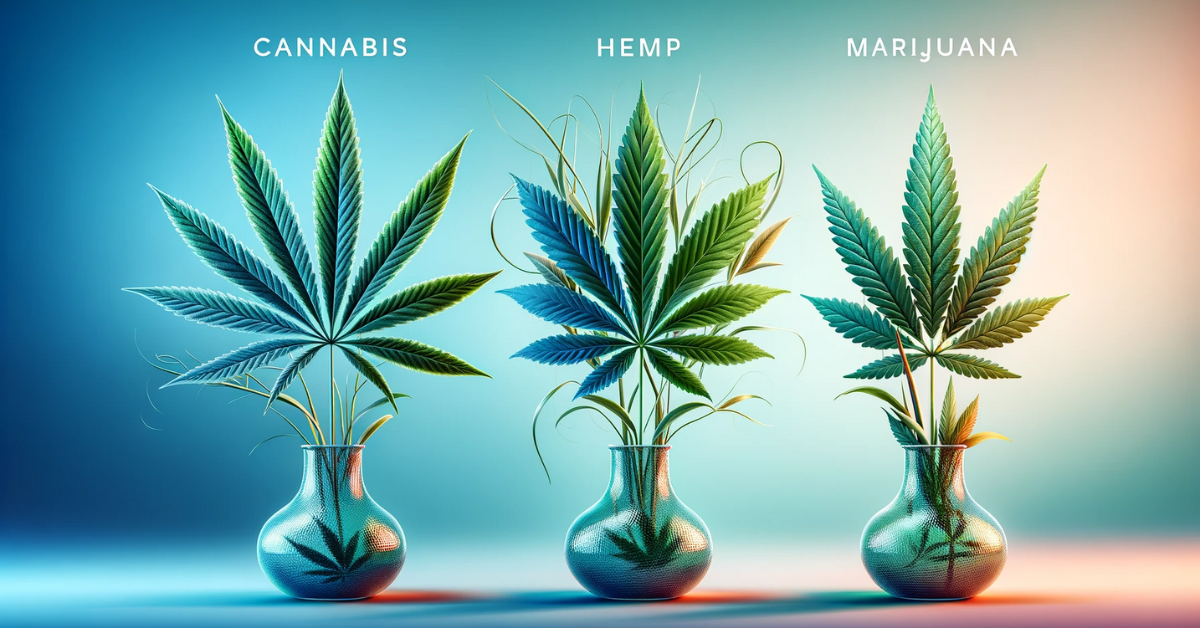The cannabis leaf is an iconic symbol in modern culture. However, there is often confusion about the differences between cannabis-leaf, hemp-leaf, and marijuana-leaf. This article clarifies these differences and explores the unique features and meanings of each type of leaf, as well as their specific uses.
Section 1: The Cannabis-Leaf
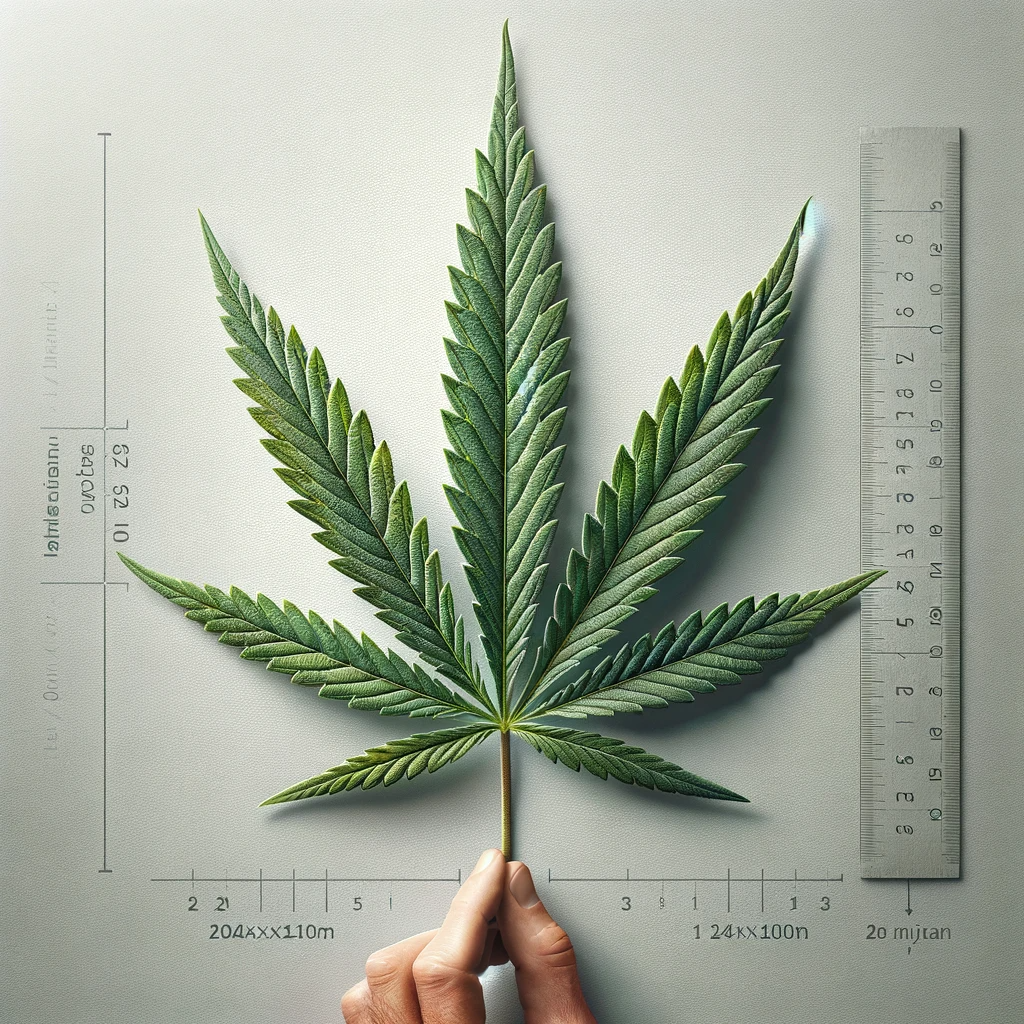
The cannabis leaf, often seen as the emblematic symbol of the entire cannabis community, reflects both the diversity and unity within the cannabis culture. Although it is commonly perceived as representative of marijuana, it actually represents the entire cannabis genus, including non-psychoactive hemp variants. This leaf, frequently depicted in art, media, and social movements, is not only a sign of recreational use and medical application but also a symbol for political and social concerns surrounding cannabis, such as legalization and the end of stigmatization.
- Characterization: Cannabis is the overarching genus that includes both hemp and marijuana. Typical cannabis leaves have seven fingers and serrated edges.
- Meaning: The cannabis leaf serves as a universal symbol of cannabis culture and often as a sign for the legalization movement.
Section 2: The Hemp-Leaf
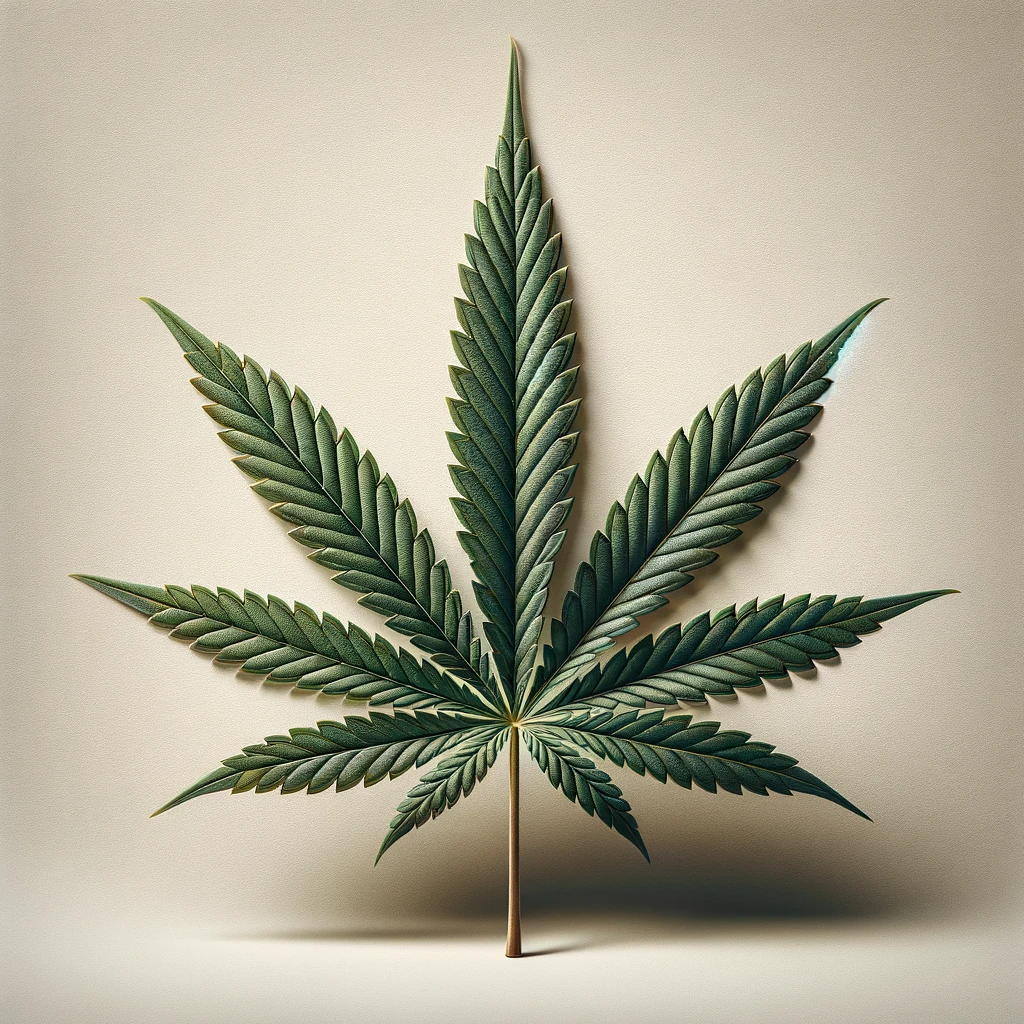
Hemp, often considered the versatile counterpart to marijuana, is known for its numerous industrial applications. The narrow and less dense leaves of hemp reflect its genetic differences and different scope of application compared to marijuana. Hemp, a sustainable plant that requires little water and pesticides, has a long history in the production of durable materials and is increasingly a symbol of eco-friendly practices in the modern world. Furthermore, the use of hemp for the extraction of , valued for its potential health benefits, is a growing sector in the wellness industry, highlighting the diversity and wide range of uses of this cannabis variant.
- Explanation: Hemp, a variant of Cannabis sativa, has narrower and less dense leaves than marijuana.
- Use: Hemp is industrially used for products like ropes, textiles, and CBD oil and symbolizes sustainability and health.
Section 3: The Marijuana-Leaf
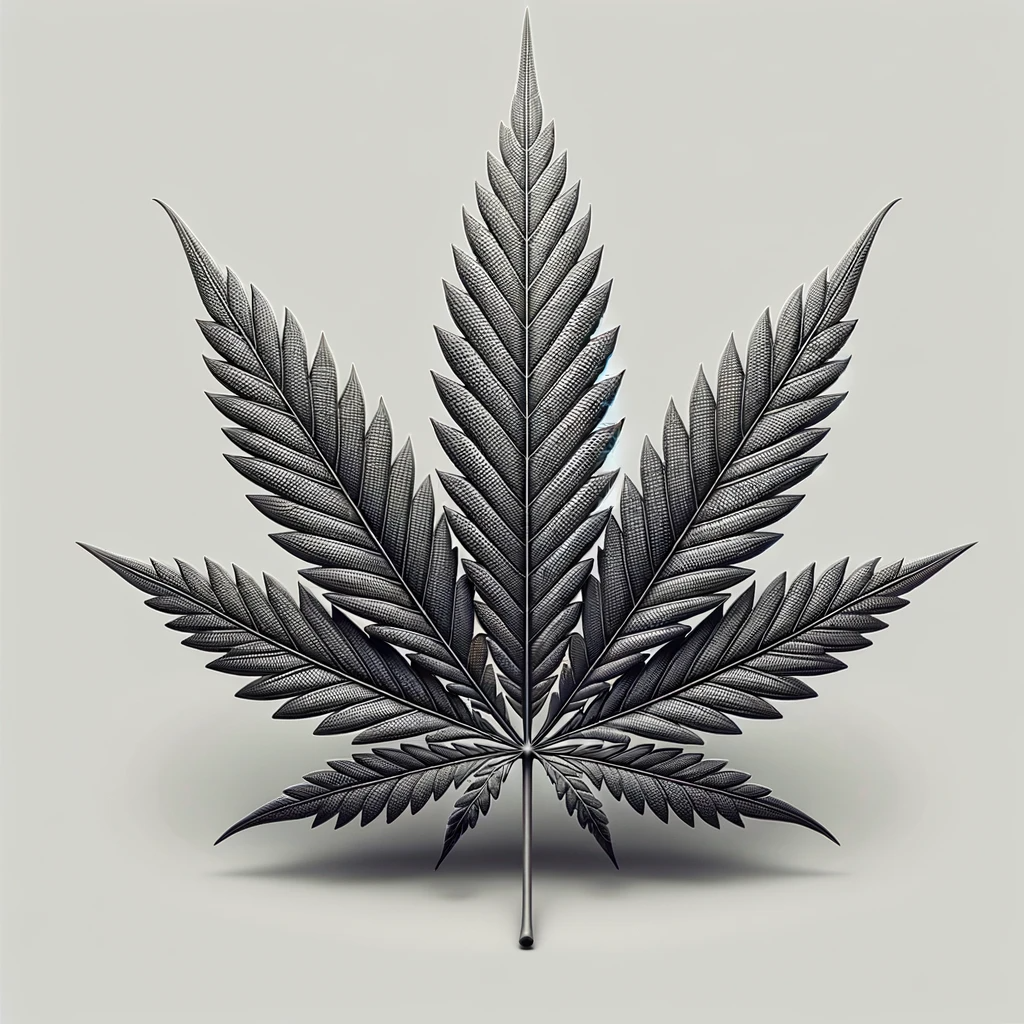
Marijuana leaves, characterized by their fullness and density, are the classic image that comes to mind for many when thinking of cannabis. These leaves, originating from the Cannabis sativa and Cannabis indica, display a remarkable variety in shape and size, reflecting the genetic diversity within the cannabis family. Their iconic appearance, often with five to nine fingers, has made them the symbolic image of recreational cannabis use. The marijuana leaf, widespread in pop culture, represents not only the psychoactive properties of the plant but has also gained a deeper cultural significance encompassing freedom, creativity, and the fight against societal norms.
- Description: Marijuana leaves, originating from Cannabis sativa or indica, are fuller and denser. They vary in the number of fingers, usually between five and nine.
- Significance: The marijuana leaf is often associated with recreational use of cannabis and its psychoactive properties.
Section 4: Differences in Cannabis Cultivation
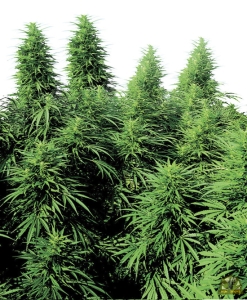
Seeds that Produce a Ruderalis Hemp Leaf
Ruderalis is a lesser-known cannabis strain known for its robust nature and automatic flowering. Its leaf is often smaller and has fewer leaf fingers than other cannabis strains. This unique strain easily adapts to various growth conditions and is valued for its natural resistance to climatic fluctuations and pests. Its autoflowering properties, allowing it to flower independently of light cycles, make it a valuable genetic for cannabis breeding. Combined with its small size, Ruderalis is ideal for beginners in cultivation and for breeding in smaller, controlled environments. Moreover, Ruderalis is often researched for its unique chemical composition and low THC content for research and medical purposes.
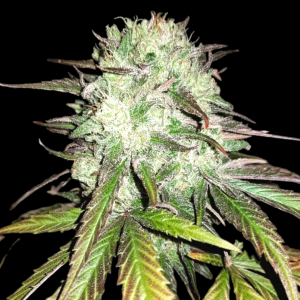
Seeds that Produce an Indica Hemp Leaf
Indica leaves are broader and thicker than other cannabis varieties, giving them a distinctive appearance. These leaves usually have fewer but wider leaflets and a darker green, distinguishing Indica plants visually from their Sativa and Ruderalis counterparts. Their compact and bushy growth form makes them ideal for cultivation in limited spaces. Indica strains are often valued for their calming effect and high CBD content, making them a preferred choice for medical applications and wellness products. They are particularly popular for creating relaxing edibles and oils, often used to alleviate stress, anxiety, and sleep disorders. Additionally, the Indica variety is often preferred by those seeking an alternative to traditional relaxation methods due to its physically relaxing effects.

Seeds that Produce a Sativa Hemp Leaf
Sativa leaves are typically long, narrow, and light green, distinguishing them significantly from the broader leaves of Indica varieties. These leaves, often having a higher number of leaflets, are the typical image that comes to mind for many when mentioning cannabis. Sativa plants are characterized by their tall growth and long flowering times, making them particularly suitable for outdoor cultivation. They are valued for their stimulating and energizing effect, making them a popular choice for daytime edibles and creative applications. Sativa strains are known for enhancing creativity and productivity and are often used in social and artistic contexts. Their effect is often described as cerebral and uplifting, making them a preferred option for users seeking mental stimulation without losing physical energy.
Each of these cannabis varieties – Ruderalis, Indica, and Sativa – produces unique leaves that differ in their shape, color, and application. Ruderalis, known for its robustness and automatic flowering, is ideal for challenging climatic conditions and beginners in cultivation. Indica, with its broad and dark leaves, is preferred for relaxing effects and medical applications. Sativa, on the other hand, with long and narrow leaves, is ideal for a stimulating and creative effect. By understanding these differences, cultivators and consumers can select the most suitable variety for their specific needs, whether for medical, relaxing, or creative purposes.
The diversity within the cannabis genus offers a wide range of possibilities for both growers and consumers. By understanding the characteristic features of Ruderalis, Indica, and Sativa, we can better utilize and appreciate the plant in all its facets. Whether it's for medical applications, relaxation, or creativity enhancement, cannabis offers a suitable variety for every need.
Disclaimer
This website's content is for informational use only and should not be considered medical or legal advice. Always consult a healthcare professional for health-related issues. Be aware of local regulations regarding cannabis cultivation. We are not liable for any actions taken based on this information.

